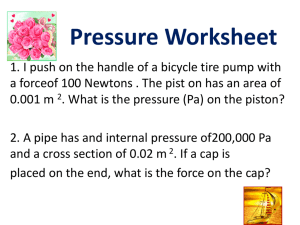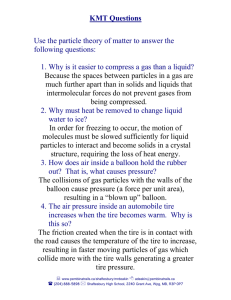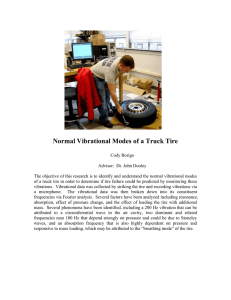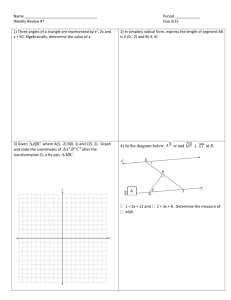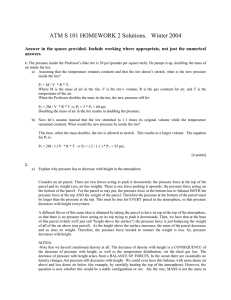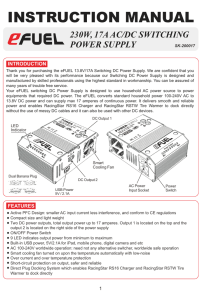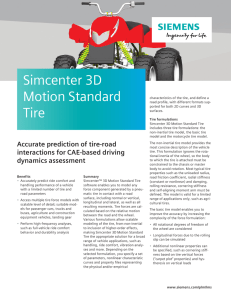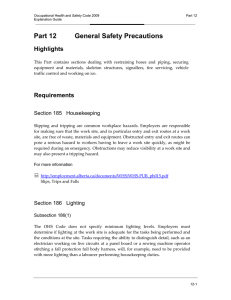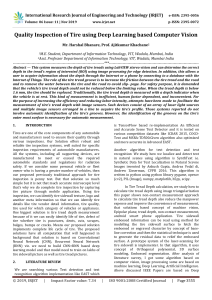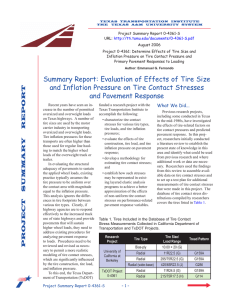Document 16011564
advertisement
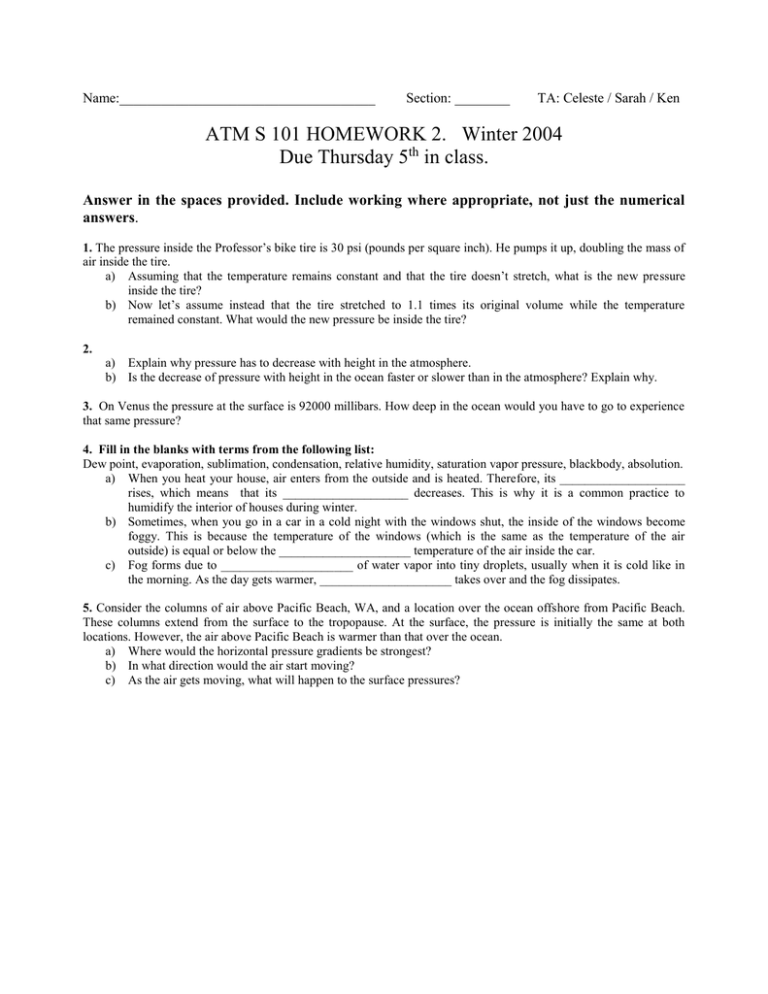
Name:_____________________________________ Section: ________ TA: Celeste / Sarah / Ken ATM S 101 HOMEWORK 2. Winter 2004 Due Thursday 5th in class. Answer in the spaces provided. Include working where appropriate, not just the numerical answers. 1. The pressure inside the Professor’s bike tire is 30 psi (pounds per square inch). He pumps it up, doubling the mass of air inside the tire. a) Assuming that the temperature remains constant and that the tire doesn’t stretch, what is the new pressure inside the tire? b) Now let’s assume instead that the tire stretched to 1.1 times its original volume while the temperature remained constant. What would the new pressure be inside the tire? 2. a) Explain why pressure has to decrease with height in the atmosphere. b) Is the decrease of pressure with height in the ocean faster or slower than in the atmosphere? Explain why. 3. On Venus the pressure at the surface is 92000 millibars. How deep in the ocean would you have to go to experience that same pressure? 4. Fill in the blanks with terms from the following list: Dew point, evaporation, sublimation, condensation, relative humidity, saturation vapor pressure, blackbody, absolution. a) When you heat your house, air enters from the outside and is heated. Therefore, its ____________________ rises, which means that its ____________________ decreases. This is why it is a common practice to humidify the interior of houses during winter. b) Sometimes, when you go in a car in a cold night with the windows shut, the inside of the windows become foggy. This is because the temperature of the windows (which is the same as the temperature of the air outside) is equal or below the _____________________ temperature of the air inside the car. c) Fog forms due to _____________________ of water vapor into tiny droplets, usually when it is cold like in the morning. As the day gets warmer, _____________________ takes over and the fog dissipates. 5. Consider the columns of air above Pacific Beach, WA, and a location over the ocean offshore from Pacific Beach. These columns extend from the surface to the tropopause. At the surface, the pressure is initially the same at both locations. However, the air above Pacific Beach is warmer than that over the ocean. a) Where would the horizontal pressure gradients be strongest? b) In what direction would the air start moving? c) As the air gets moving, what will happen to the surface pressures?


